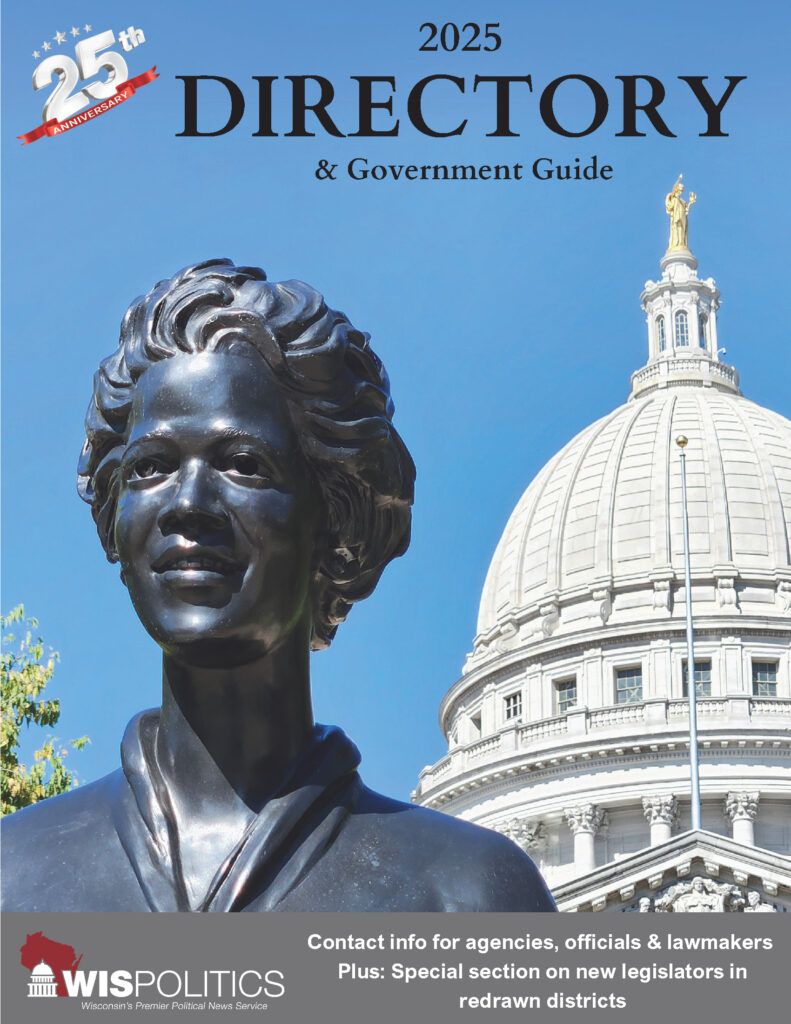The vast majority of Wisconsin's public school districts that received report cards met, exceeded or significantly exceeded expectations for the 2024-25 school year, according to new Department of Public Instruction data. Meanwhile, 70 public schools failed to meet expectations. No public school districts were rated as failing to meet expectations, which DPI staff during a media briefing yesterda...
Please log in to access subscriber content.
If you don't have a subscription, please contact schmies@wispolitics.com for subscription options on the WisPolitics-State Affairs platform, which is the new home for WisPolitics subscriber products.



